Houston, Texas is one of the largest and most diverse cities in the United States. Its socio-economic landscape is complex and multifaceted. Here’s a general overview:
- Economy: Houston has a robust and diverse economy. It is often considered the energy capital of the world due to its significant role in the oil and gas industry. However, the city’s economy is also diversified with strong sectors in healthcare, aerospace, manufacturing, technology, and trade. It’s home to the Texas Medical Center, one of the largest medical complexes in the world.
- Employment: Houston offers a range of job opportunities, but employment prospects can vary widely by industry and occupation. Job growth and employment rates can be influenced by factors such as the energy market’s fluctuations.
- Diversity: Houston is known for its cultural diversity. It has a large and growing population of various ethnicities and backgrounds. This diversity is reflected in the city’s cuisine, festivals, and cultural events.
- Income Inequality: Like many large cities, Houston grapples with income inequality. While there are affluent neighborhoods and communities, there are also areas with lower-income households. This disparity can be seen in aspects such as education, access to healthcare, and housing.
- Housing: Housing in Houston is generally more affordable than in many other major U.S. cities. The city has a mix of housing options, from suburban homes to high-rise condominiums. However, the housing market can vary greatly, and some areas may face affordability challenges.
- Education: Houston is home to several well-regarded educational institutions, including the University of Houston and Rice University. Public education is provided by the Houston Independent School District (HISD), which is one of the largest school districts in the country.
- Healthcare: The Texas Medical Center in Houston is a hub for medical research and treatment and is home to numerous world-class hospitals and medical facilities. However, access to healthcare can still be an issue for some residents, particularly those without insurance.
- Transportation: Houston’s size and urban sprawl have made it a car-centric city. The public transportation system is improving, but many residents rely on personal vehicles for daily commutes.
- Cultural and Recreational Opportunities: Houston offers a wide range of cultural amenities, from museums and theaters to professional sports teams. The city is also known for its dining scene and offers a variety of cuisines.
- Weather: Houston’s climate is hot and humid, with hot summers and mild winters. The city is prone to hurricanes and flooding, which can have socio-economic impacts.

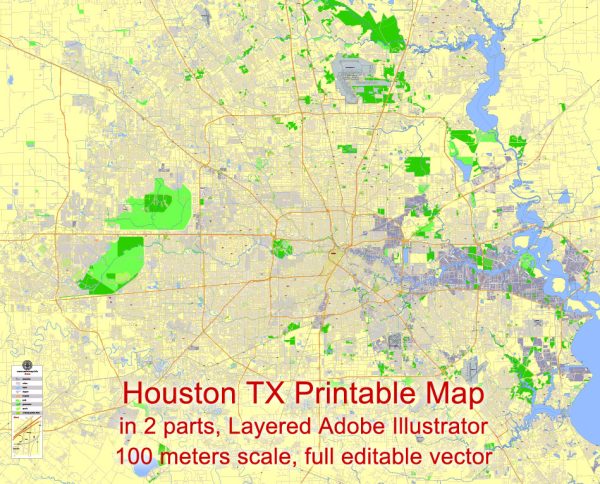
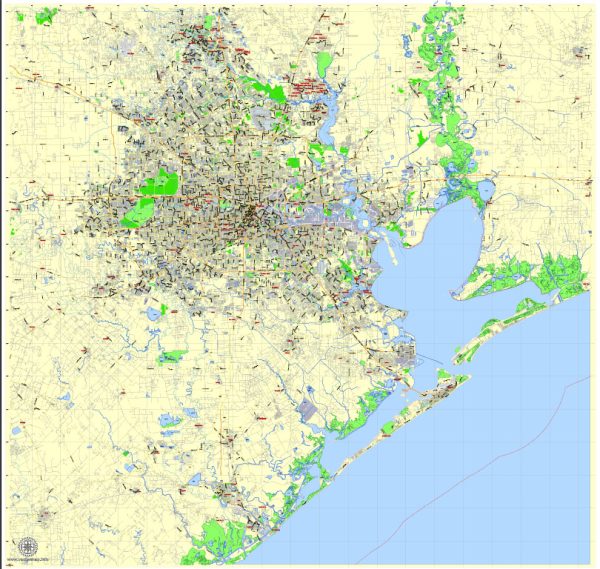
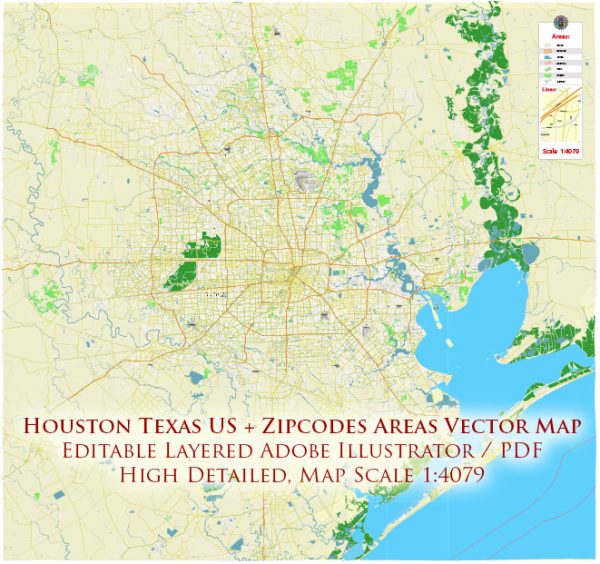
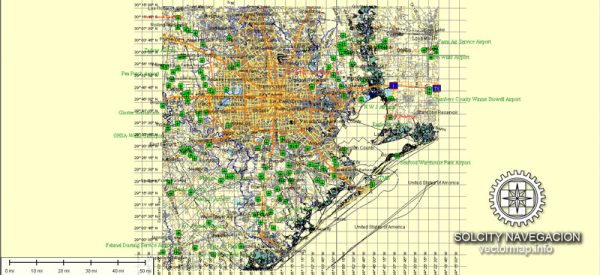
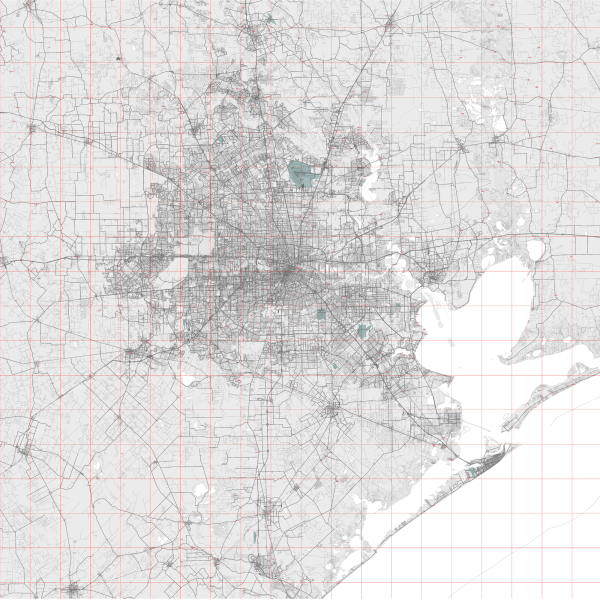
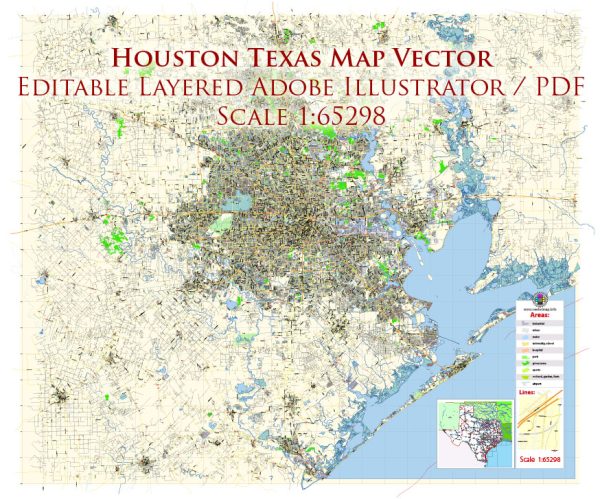
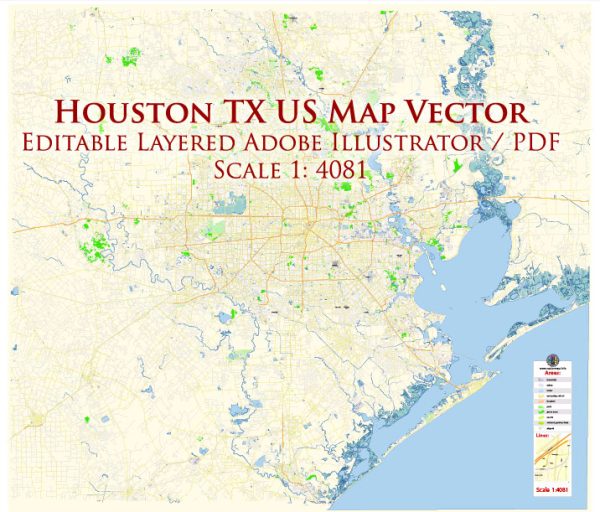
 Author: Kirill Shrayber, Ph.D.
Author: Kirill Shrayber, Ph.D.